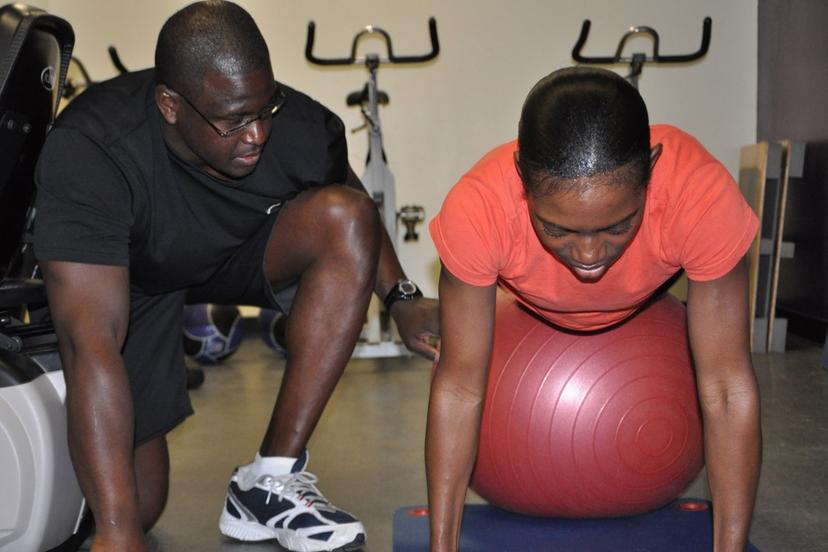Fitness and Training

Structure
One of the first places Americans get formal instruction in fitness is physical education (PE) classes in school. State laws in most states mandate that physical education be taught at the elementary level, at the middle school level, and at the high school level. However, only six states require physical education in every grade K–12, and almost half of U.S. students do not receive PE in an average week. The classes often include sports activities, and young people get additional experience with sports in after-school games, community leagues, and summer camps. Those teaching PE in the public schools usually have a bachelor's degree with a specialization in physical education and have passed a state licensure exam. Those who coach youth sports in other settings come from many backgrounds and often are volunteers.
At the postsecondary level, PE teachers have at least a bachelor's and sometimes need certification to coach team sports, although entry-level positions may require only experience playing the sport. Head coaches for popular college sports can earn very high salaries; in many states, the highest-paid state employee is a college coach.
Adults get training in fitness and sports at establishments that the Census Department calls fitness and recreational sports centers. These include aerobic dance centers, body-building studios, fitness centers, gymnasiums, ice skating rinks, racquetball club facilities, swimming pools, and tennis club facilities, among other establishments. These facilities earn about 66 percent of their revenue from memberships and 5 percent from admission fees.
Approximately 619,990 workers are employed at fitness and recreational sports centers. About one-third of the workers are fitness trainers and aerobics instructors. Some work with individuals; others lead groups in routines. Some teach specialized techniques such as Pilates or yoga. This occupation is unusual in that it has no formal educational requirements for entry, yet one-third of the workers hold a bachelor's degree. Employers usually prefer to hire trainers and instructors who are certified, especially for jobs doing individual instruction. Among the organizations offering certification programs, those accredited by the National Commission for Certifying Agencies are probably the best bets. Many certification programs offer study materials; some require candidates to demonstrate skills in practice, not just on a written test.
Fitness and recreational sports centers employ 58 percent of the 356,900 fitness trainers and instructors. Another 11 percent work for civic and social organizations that are not primarily engaged in physical recreation activities. Of the 10 percent who are self-employed, many are personal fitness trainers who train in clients' homes or in a gym, where they pay a commission to the facility for access to its members and use of equipment.
Besides fitness trainers and aerobics instructors, some of the instructors at fitness and recreational sports centers are golf and tennis pros who teach members how to improve their playing skills. Other jobs in these centers include management and office and administrative support positions. Some workers are involved in cleaning and maintaining buildings. They may also be involved in child care at sports facilities that have rooms where children can be dropped off while a parent works out.
Many of the businesses in the fitness center industry are franchises. Several of these firms appeared in Entrepreneur.com's 2019 Franchise 500 Rankings. Among the top 100 were Planet Fitness (ranked 7th), Anytime Fitness (20th), Orangetheory Fitness (25th).
Americans seeking fitness buy large quantities of sporting and athletic goods, including gym equipment, exercise mats, running shoes, footballs, tennis racquets, and golf clubs. Although many of these goods are now imported from foreign manufacturers, domestic manufacturers employ approximately 32,361 workers and make around $10 billion in sales annually, according to the research group IBISWorld. The segment of the industry dedicated to gym and exercise equipment employs about 6,623 workers and sells about $2 billion in goods annually. This equipment is sold not only to fitness and recreational sports centers but also to gyms in schools, colleges, large apartment buildings, and hotels.
Widespread participation in fitness activities has created opportunities for many ancillary industries. IBISWorld estimates that licensed sports apparel stores generated $8 billion in revenue. High-tech entrepreneurs are attempting to cash in by offering fitness-tracking applications for smartphones and even a streaming Web radio station that plays only high-energy music.
